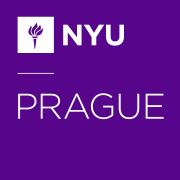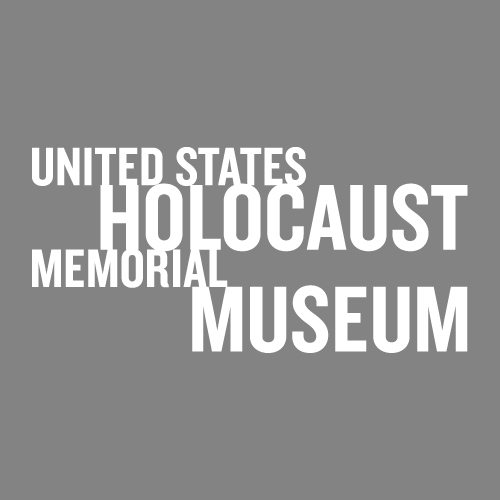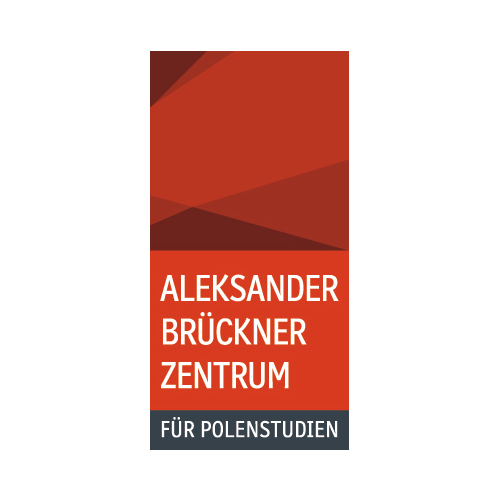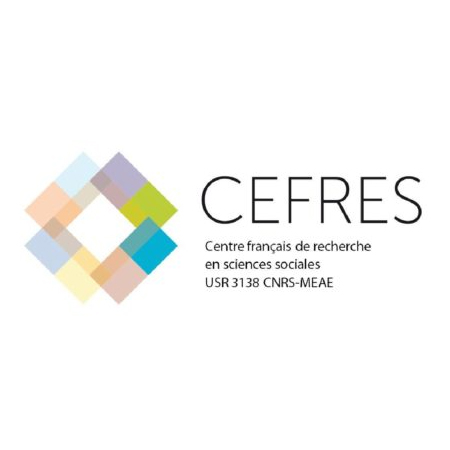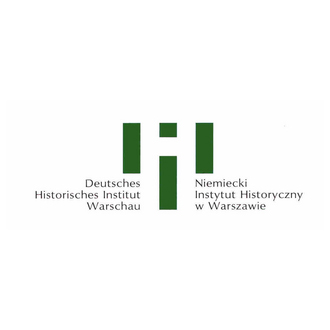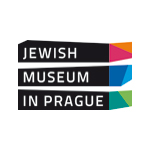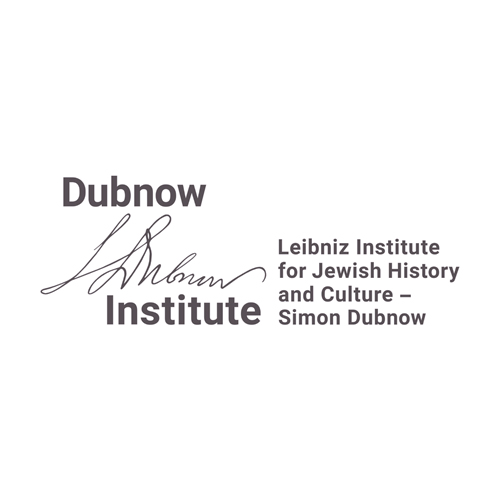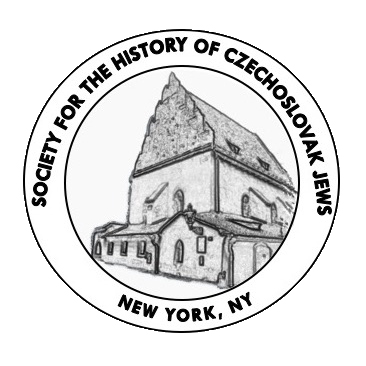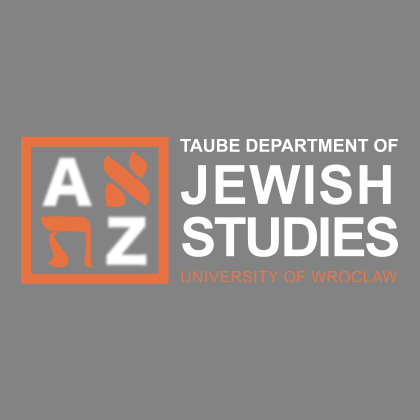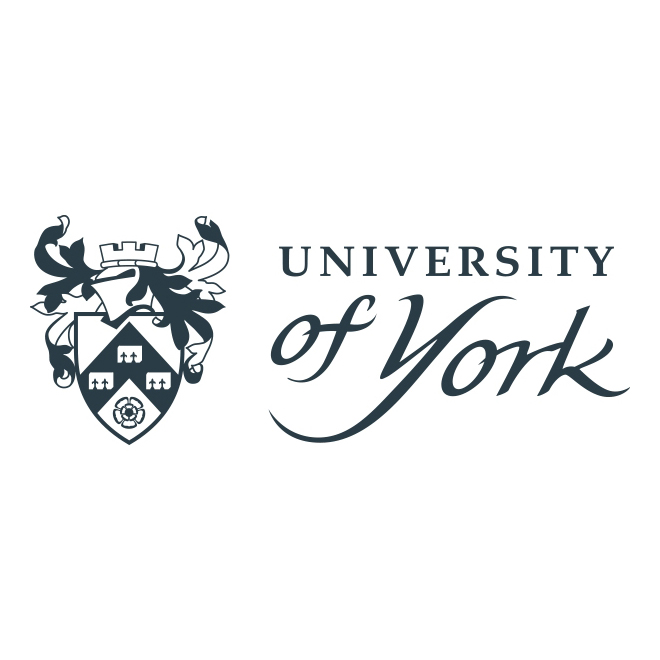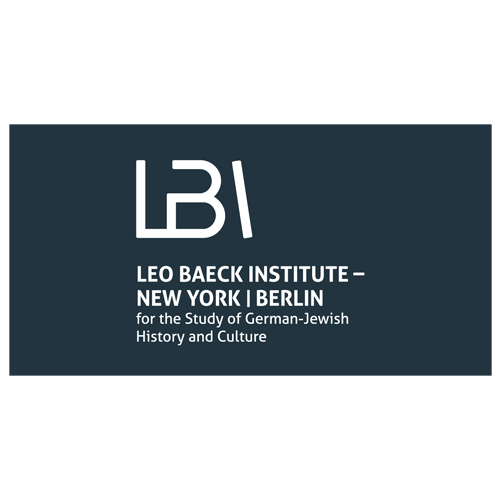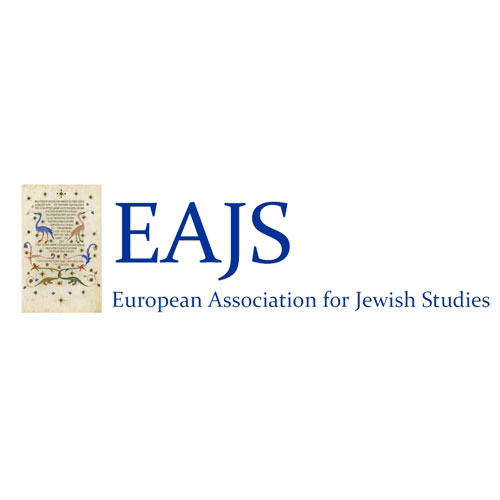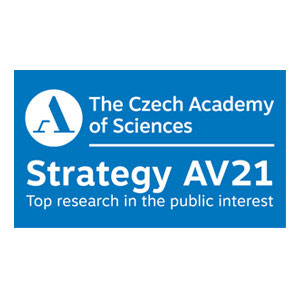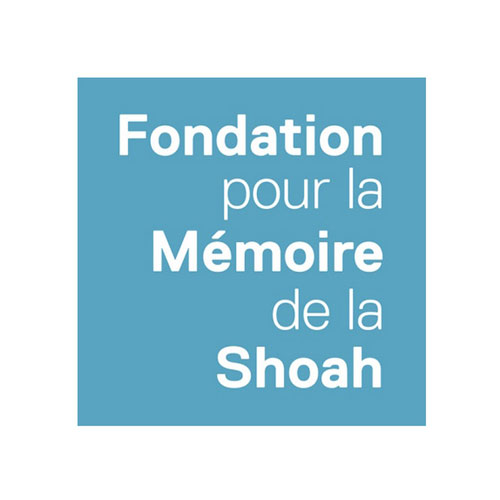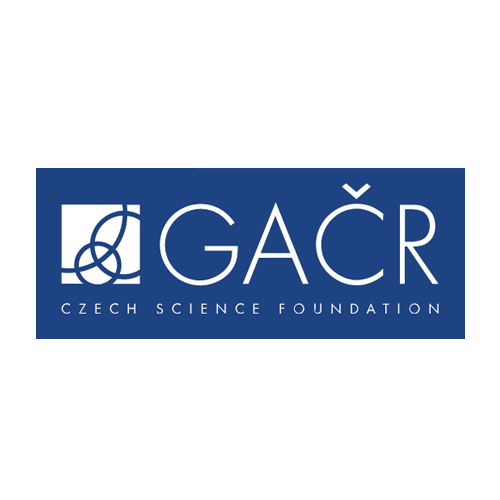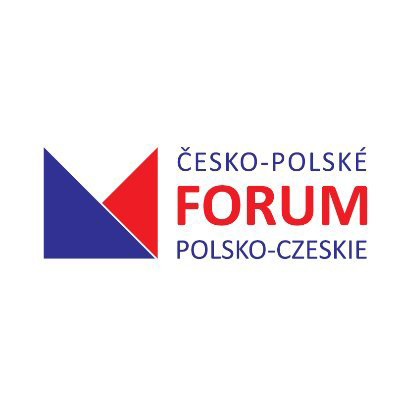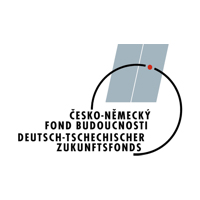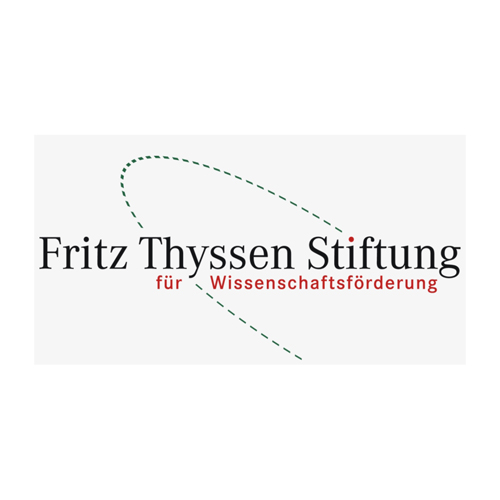Czech–Jewish and Polish–Jewish Studies: (Dis)Similarities
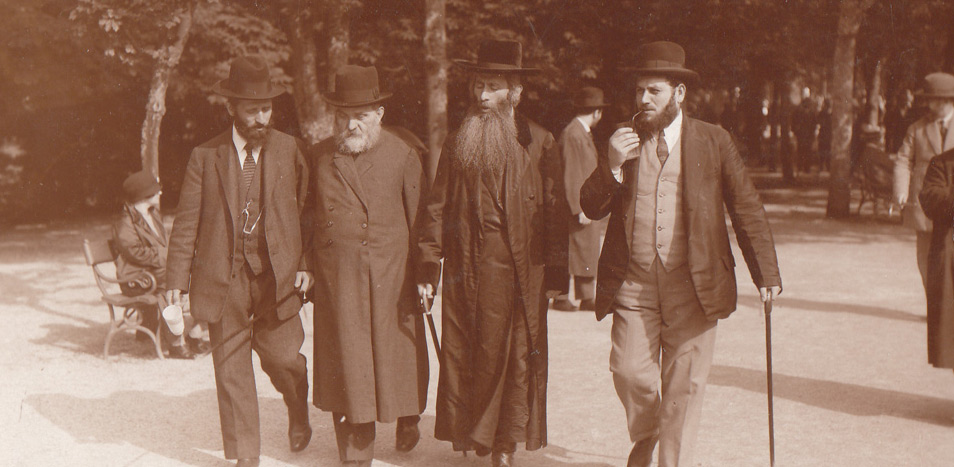
Galician Jews in Marienbad. Photograph from František Bányai’s collection (see his www.judaica.cz).
29–30 October 2014, Prague
About Programme Location / Accom.
Polish-Jewish and Czech-Jewish history are often seen as following two different lines of narrative. While historians of Bohemian and Moravian Jews tend to focus on the impact of Austrian-Jewish and German-Jewish history and tend to see Bohemian and Moravian Jews as part of west European or at least central European Jewry, historians generally associate Polish Jews with the east European Jewish experience. Both of those popular images of Czech-Jewish and Polish-Jewish history are gross over-simplifications, obscuring many shared aspects of Jewish history in these regions.
The Prague conference on 29–30 October aims to bring together scholars who specialize in the history of the Jews of Poland and/or the Bohemian Lands, in order to discuss shared topics, the current state of research, and the differences and similarities in their approaches and results.
The conference will be divided into five panels considering key topics of the history of the Jews of both regions. These topics have been chosen to cover the major aspects of the Jewish experience and to compare research on these topics in both of the histories. The five panels will discuss (1) the Jewish experience in early modern societies; (2) Jewish demography and migration; (3) questions of gender and family; (4) new approaches to concepts of modernization and identity; and (5) Jewish experience in post-war societies. Each panel is planned to include four papers. Two of the four papers will provide an overview and will analyse the major research trends and results, pointing out their strengths and limits. The other two will introduce recent research projects on the topic, one about the Polish milieu, the other about the Czech.
Organizers: Kateřina Čapková (capkova@usd.cas.cz), on behalf of the Institute for Contemporary History, Czech Academy of Sciences, and Marcin Wodziński (wodzinsk@uni.wroc.pl), on behalf of the Department of Jewish Studies, University of Wrocław.
Sponsored by:


29 October
10:00 Welcome
Keynote
Hillel Kieval: Czech-Jewish and Polish-Jewish History: Possibilities for a New Paradigm
PANEL I
Early Modern Period
11:00-13:00
Chair: Moshe Rosman
Two introductory lectures:
Adam Kaźmierczyk: Poland-Lithuania
Rachel Greenblatt: The Bohemian Lands
Two project presentations:
Cornelia Aust, Jewish Appearances and their Perceptions in Early Modern Poland
Pavel Sládek, The Networking of Ashkenazi Rabbis, c. 1560 – c. 1620: Italy, the Bohemian Lands, and Poland
13:00 – 14:00 Lunch
PANEL II
Demography and Migration
14:00-16:00
Chair: Hillel Kieval
Two introductory lectures:
Shaul Stampfer: Poland-Lithuania
Michael L. Miller: The Bohemian Lands
Two project presentations:
Jurgita Verbickiené, Where Did the Jews of the Grand Duchy of Lithuania Live in the Second Half of the 18th Century? The Development of a Network of Communities
Michal Frankl, Refugees, Loyalty, and a Nation-state under Construction. Jewish Refugees in the Bohemian Lands during and after the First World War
16:00 – 16:30 Coffee break
PANEL III
Gender and Family
16:30 – 18:30
Chair: Shaul Stampfer
Two introductory lectures:
Moshe Rosman: Poland-Lithuania
Martina Niedhammer: The Bohemian Lands
Two project presentations:
Tsippi Kauffmann, An Aberration of Nature: Temerel, a Woman Hasid
Verena Kasper-Marienberg, Socio-Economic Profiles of Jewish Families in Rural Bohemia: The Kauder Family in Hluboká nad Vltavou (Frauenberg) in the 17th and 18th Century
19:00 Dinner (and the option of a postprandial walk to Prague Castle)
30 October
PANEL IV
Concepts of Modernity and Identity
9:00 – 11:00
Chair: Anne-Christin Saß
Two introductory lectures:
Marcin Wodziński: Poland
Ines Koeltzsch: The Bohemian Lands
Two project presentations:
Rachel Manekin, Resisting the Bohemian Model. The Galician Jewish Struggle against a Uniform Modernization Path
Louise Hecht, Christian Printers as Agents of Jewish Modernization? Jewish/Hebrew Printing Houses in Prague, Brno, and Vienna, 1780-1820
11:00-11:30 Coffee break
PANEL V
Postwar Period
11:30- 13:30
Chair: Gertrud Pickhan
Two introductory lectures:
Michael Meng: Poland
Kateřina Čapková: The Bohemian Lands
Two project presentations:
Agnieszka W. Wierzcholska, ‚Our People’s Motherland‘: The Jewish Social and Cultural Society (TSKŻ) in Postwar Poland from a Local Perspective
Sarah Cramsey, ‘The Most Significant Spot in Europe’ How 130,000 Jews and the Ethnic Revolution came to Náchod, Czechoslovakia, in 1946
13:30-14:30 Lunch
14:30-15:30 Concluding discussion
16:00-18:00 Tour of the Jewish Museum in Prague (optional)
Sponsored by:


The conference takes place in Villa Lanna
V Sadech 1
Prague 6
phone: +420 224 321 278
How to get there
From the airport
At the bus stop for the 119 bus, just outside the airport front doors, buy a 32-crown ticket from the yellow-orange ticket machine; it will cover for 90 minutes of travel by bus, tram, and Metro (underground) in Prague. Take the 119 bus to the Dejvická Metro station (the final stop), then go down the stairs to the Metro, and travel to the next station, Hradčanská. Villa Lanna is a ten-minute from the Hradčanská station (see below).
From the train or the coach station
Trains arrive at Prague Main Station (Praha Hlavní nádraží). From a yellow-orange ticket machine, buy a basic ticket for 32 crowns for 90 minutes of travel by all means of transport in Prague.
Enter the Metro directly at the train station, travel one station to Muzeum, and change onto the green line, which will take you to Hradčanská (the last stop before the Dejvice terminus). If travelling by coach, the Florenc bus station has its own Metro station: get onto the red line and change at Muzeum for the green line to Hradčanská. Villa Lanna is a ten-minute from the Hradčanská station (see below).
The ten-minute walk from Hradčanská station to Villa Lanna
Head for the ‘Bubenečská’ exit, walk straight down Bubenečská Street. At Ronald Reagan Street, with the US Ambassador’s residence on the corner, turn right. At the end of the street, turn left into Pelléova Street. At the end of this street, you’ll see Villa Lanna.
For further tram and Metro information, including timetables and trip planning, visit the Prague Public Transport website .









